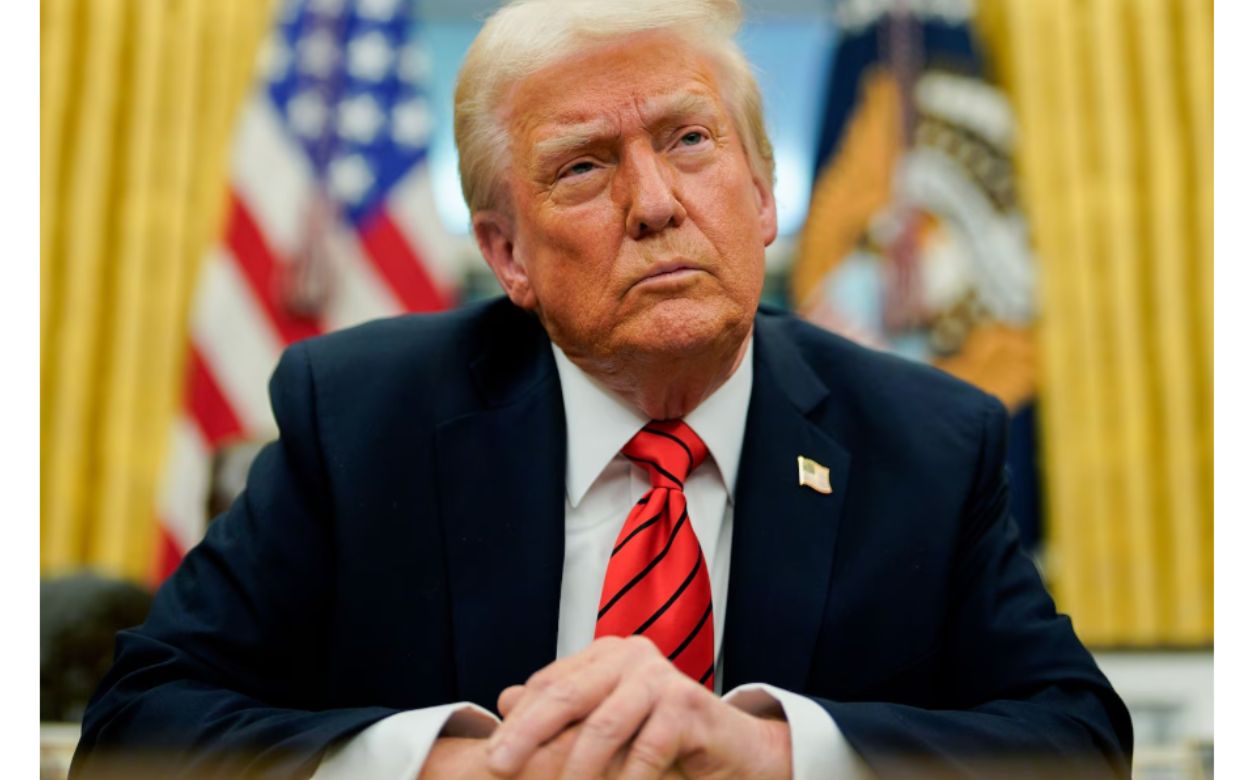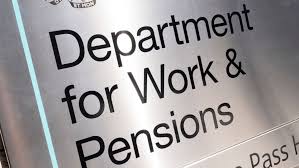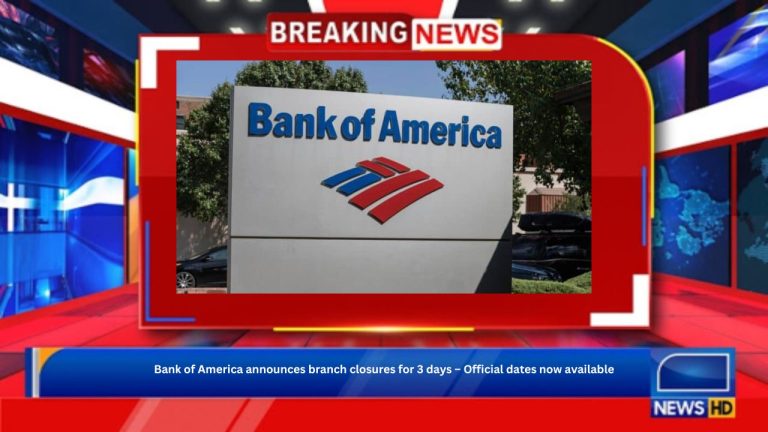What will Trump’s plans to shut down the Education Department entail for college students and borrowers?
The Trump administration is preparing to make significant changes to the Department of Education, which controls a $1.6 trillion portfolio of student loans, the third largest source of household debt in the United States. Over 44 million Americans have debts, and many ask what it would mean to remove the agency managing their debt.
It all depends on which measures the Trump administration adopts — and which withstands judicial challenges. However, various legislative proposals have been suggested, including transferring the government’s student loan portfolio to the Treasury Department, modifying the repayment options offered to borrowers, and privatizing the whole student loan system in the most extreme case.
Above all, debtors can expect a halt to the student debt relief programs established and extended by former President Joe Biden. 5.3 million borrowers received $188.8 billion in student loan forgiveness due to the previous president’s actions while in office. Republicans have criticized the initiatives as an abuse of presidential power, and some have even advocated for clawbacks of some of the assistance — but this is deemed improbable. After Republican-led lawsuits stalled efforts at broad debt relief, the relief was focused on expanding or fixing existing forgiveness programs, such as Public Service Loan Forgiveness and income-driven repayment plans.
Shifting the student loan system to a new location:
Conservatives who argue for the Department of Education’s dissolution sometimes propose transferring the Office of Federal Student Aid (FSA) to the Treasury Department, where it would continue to perform its usual tasks of disbursing and recouping federal loans. FSA, an office inside the Department of Education, is where people apply for federal student loans, scholarships, and work-study monies by completing the Free Application for Student Aid, or FAFSA, and it also oversees the repayment process. Legal experts believe transferring FSA to a different government agency requires legislative approval.
In an interview with ABC News, Hess stated that if the FSA relocated, there would be no impact on student loan borrowers; the process would continue as usual. “I would be surprised if it’s noticeable in any way compared to anything the borrowers have experienced in the last four years,” Hess said, referring to the tumultuousness of the pandemic-related payment moratorium, the restart, and then the stop-and-start caused by lawsuits over Biden’s forgiveness efforts. According to Persis Yu, deputy executive director and managing counsel of the Student Borrower Protection Center, which works for debt relief, that positive attitude would deviate from most students’ acquired experience.
Changing how Debtors Repay their Debts:
There is also a faction in the Republican Party that seeks far more fundamental reforms to the student loan system than just relocating offices to reduce the total department size. Project 2025, the conservative policy plan prepared for the Trump administration, proposes the complete privatization of the student loan system and the transfer of all government-owned loans to private loan servicing companies. This would represent a fundamental shift in the way higher education is supported. According to the Education Data Initiative, more than 92% of individuals depended on federal loans in 2024 rather than private loans, and unloading the government’s current $1.6 trillion in federal student loans or discontinuing issuing loans in the future would require congressional permission.
However, Trump has the potential to drastically curtail access to the program, restoring it to its less successful version during his first term. The forgiveness scheme was significantly extended under Biden, but during Trump’s first term, the Education Department rejected 99% of PSLF applications, according to a Government Accountability Office audit. During Biden’s tenure, the number of persons qualified for PSLF increased from 7,000 to more than 1 million.







